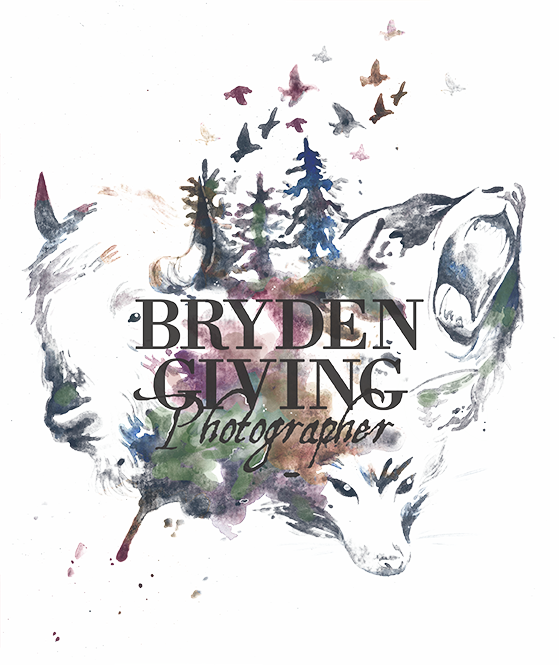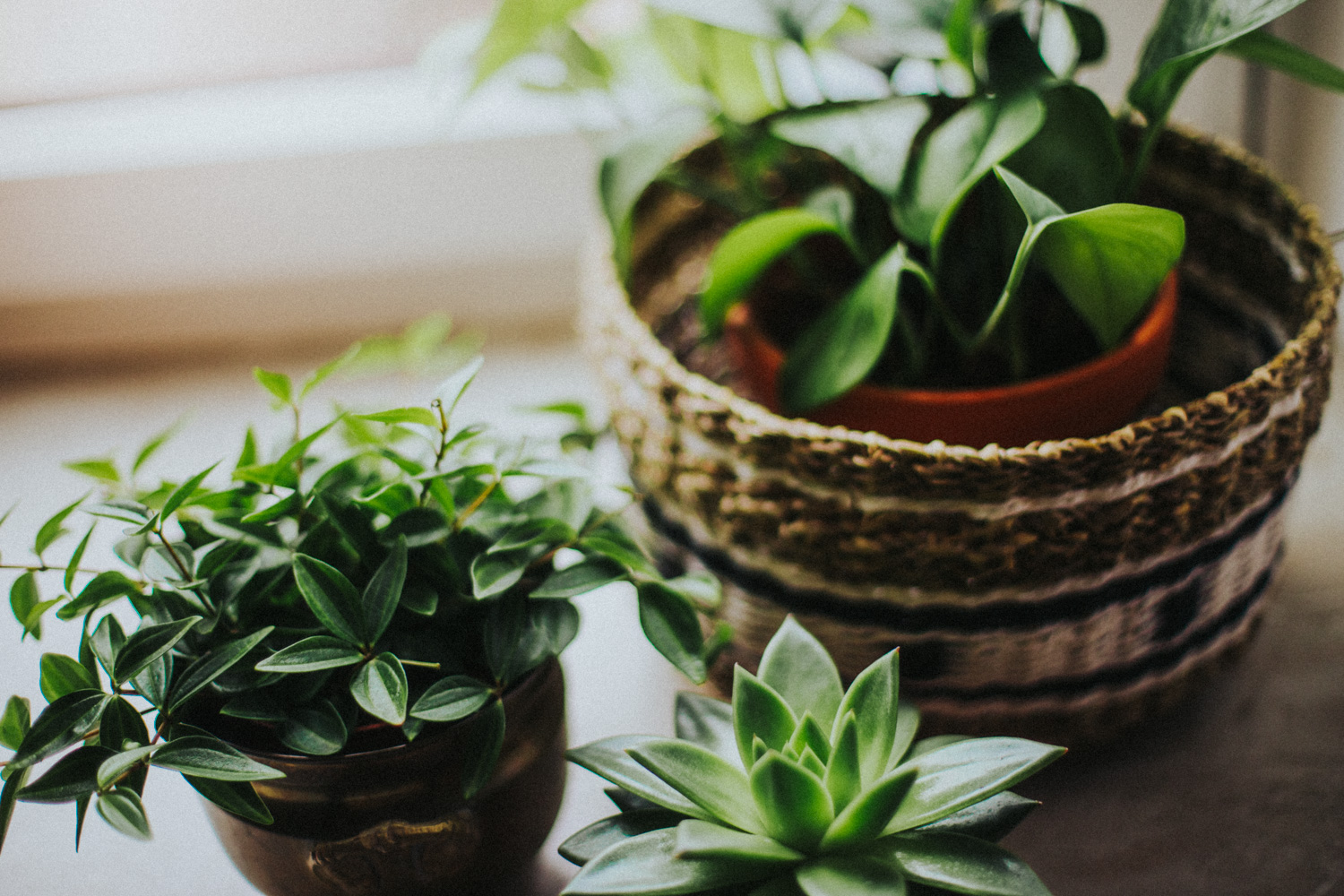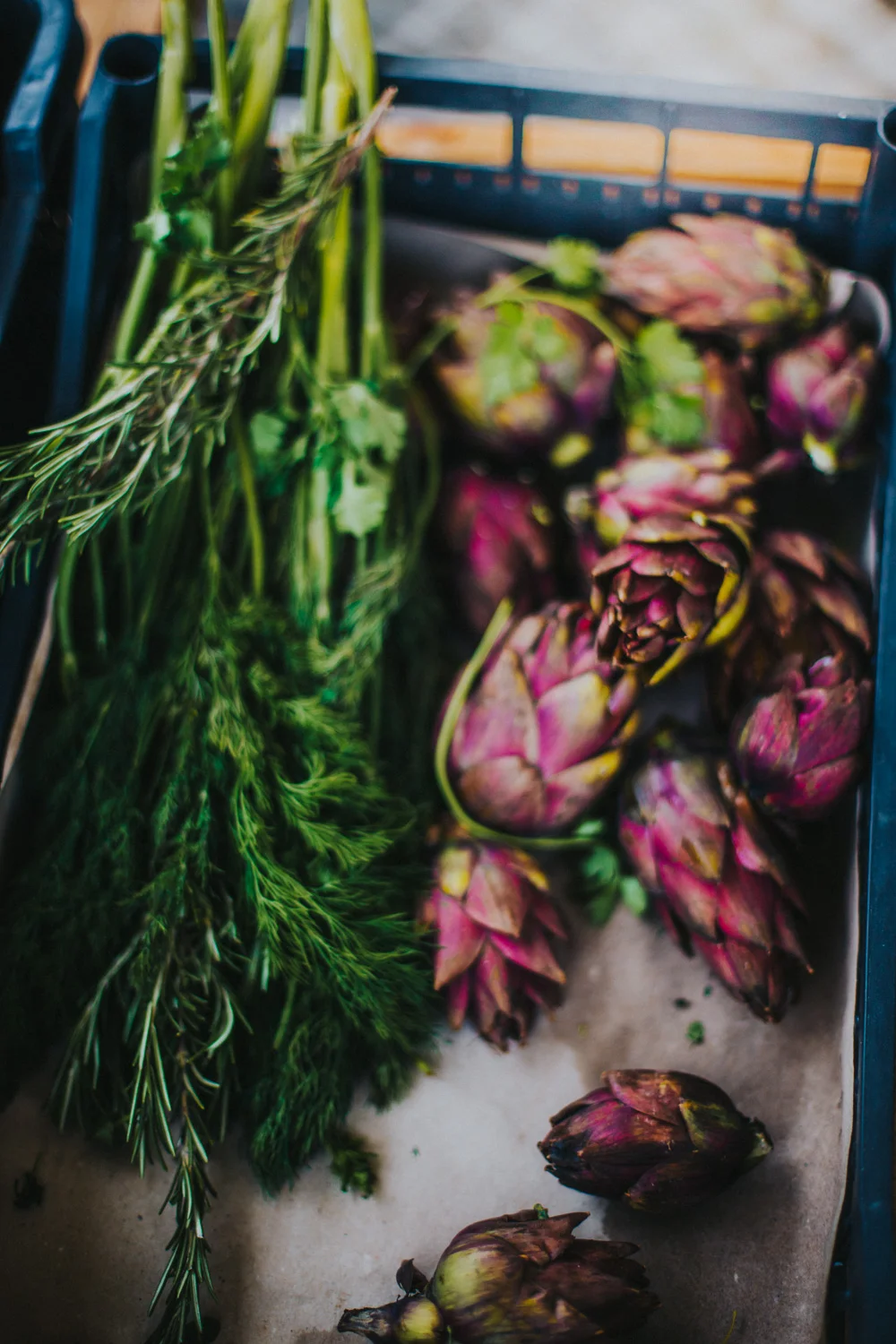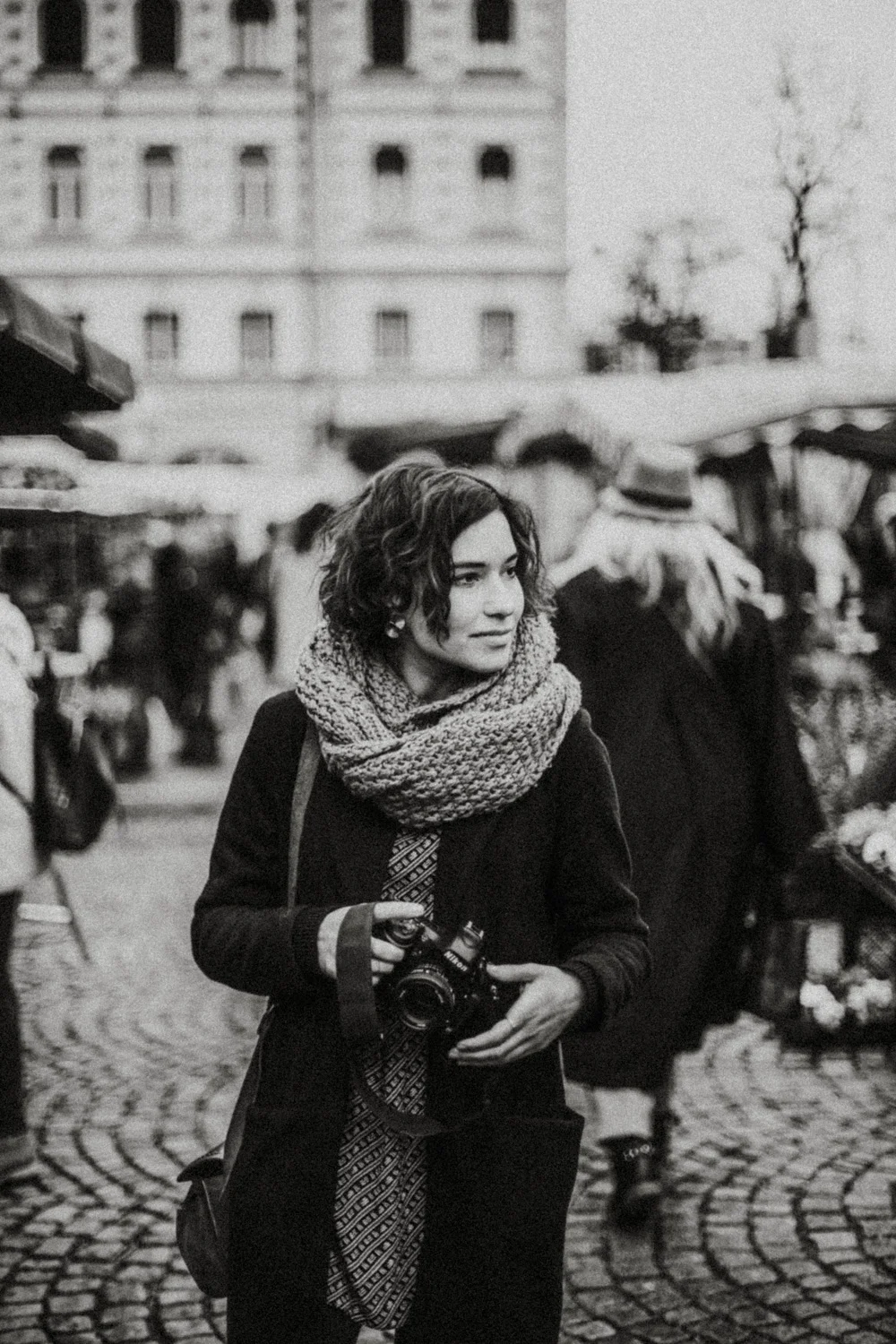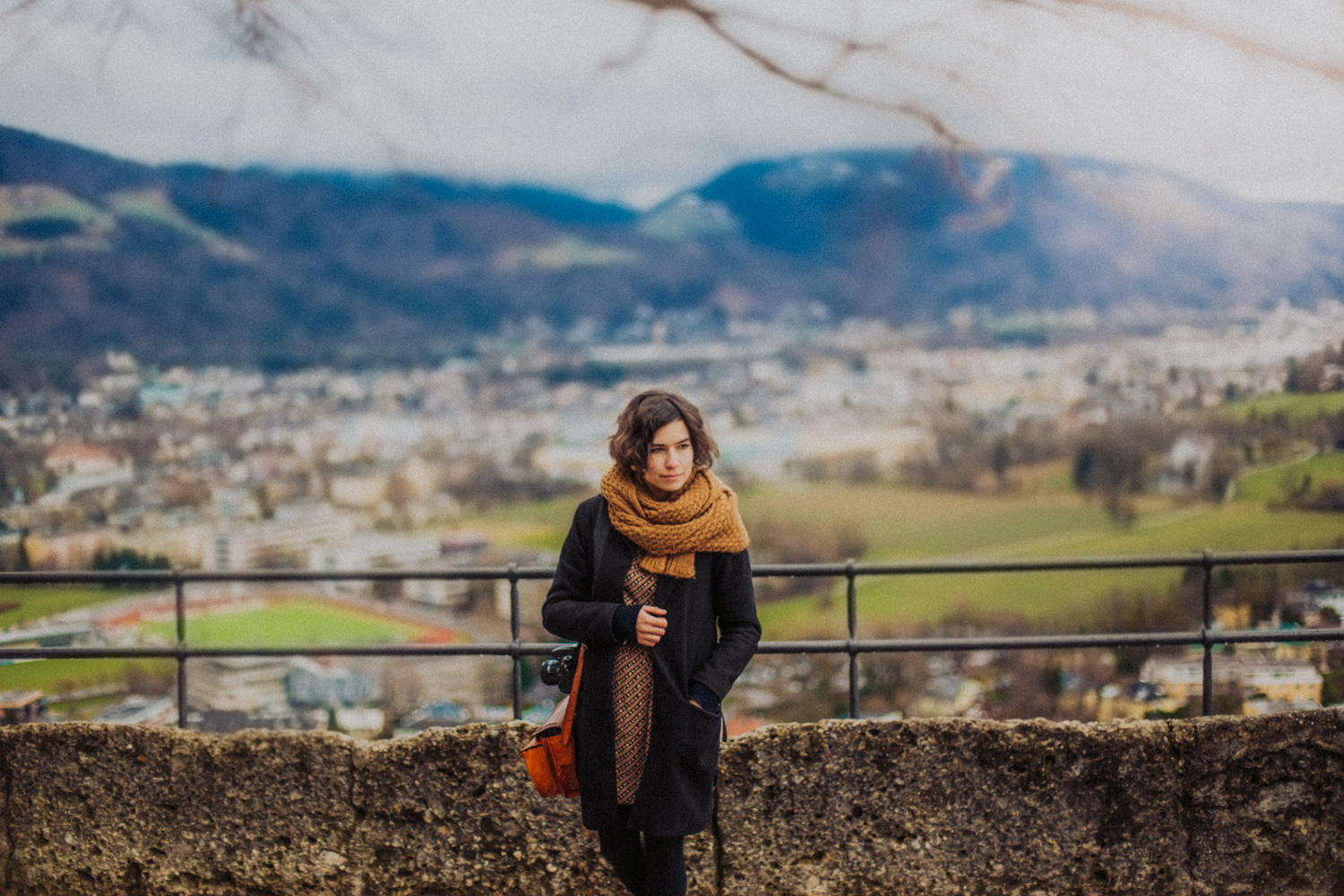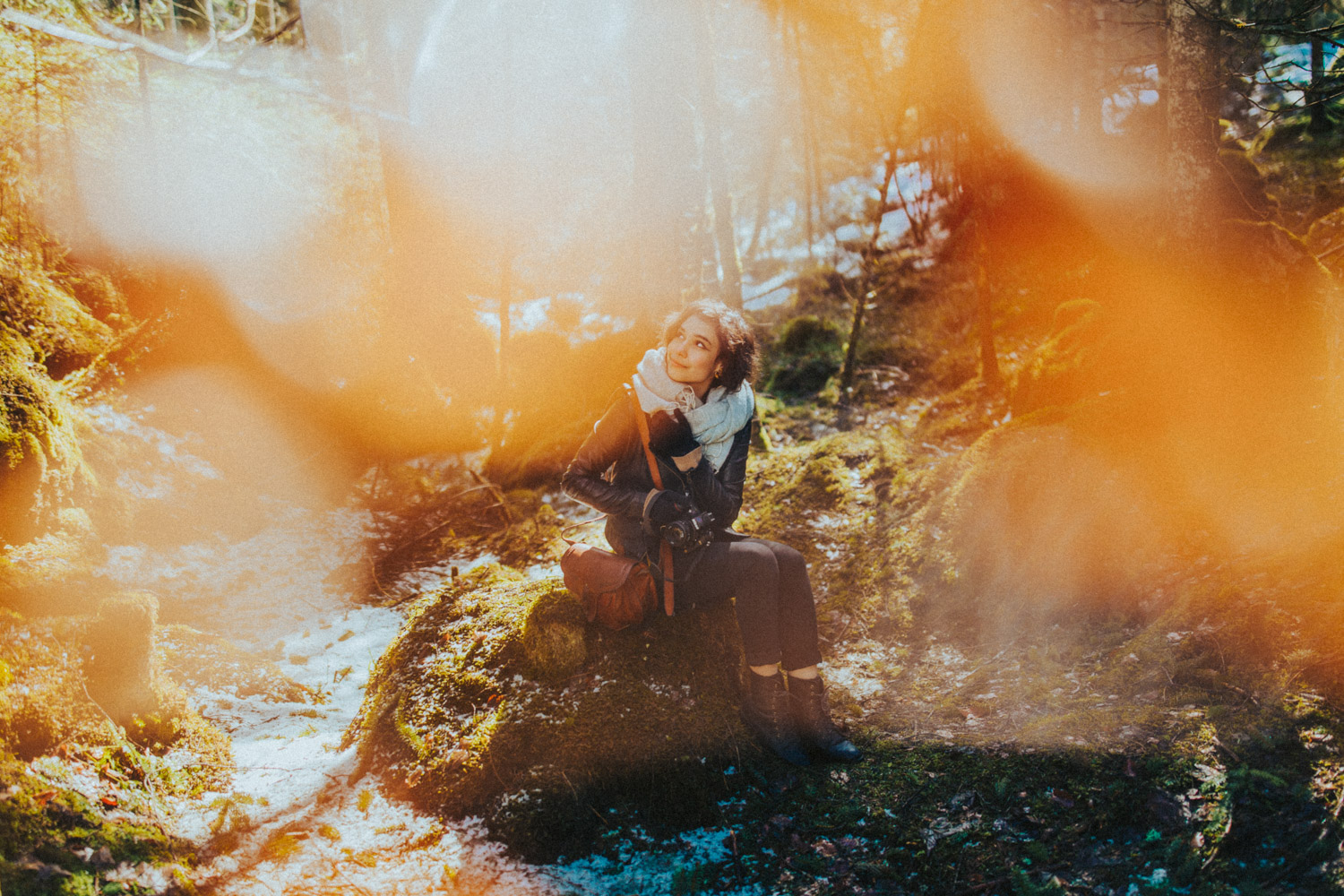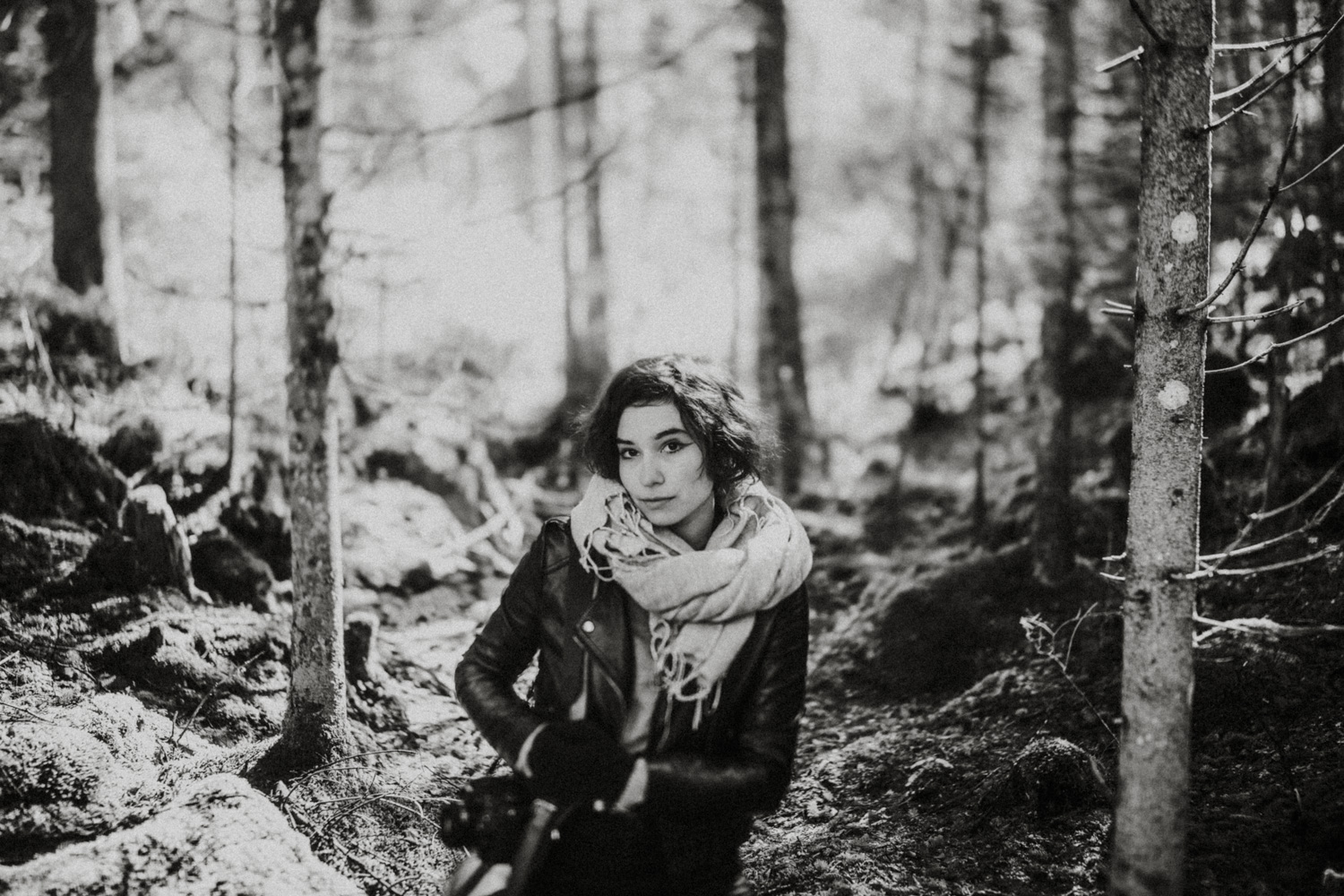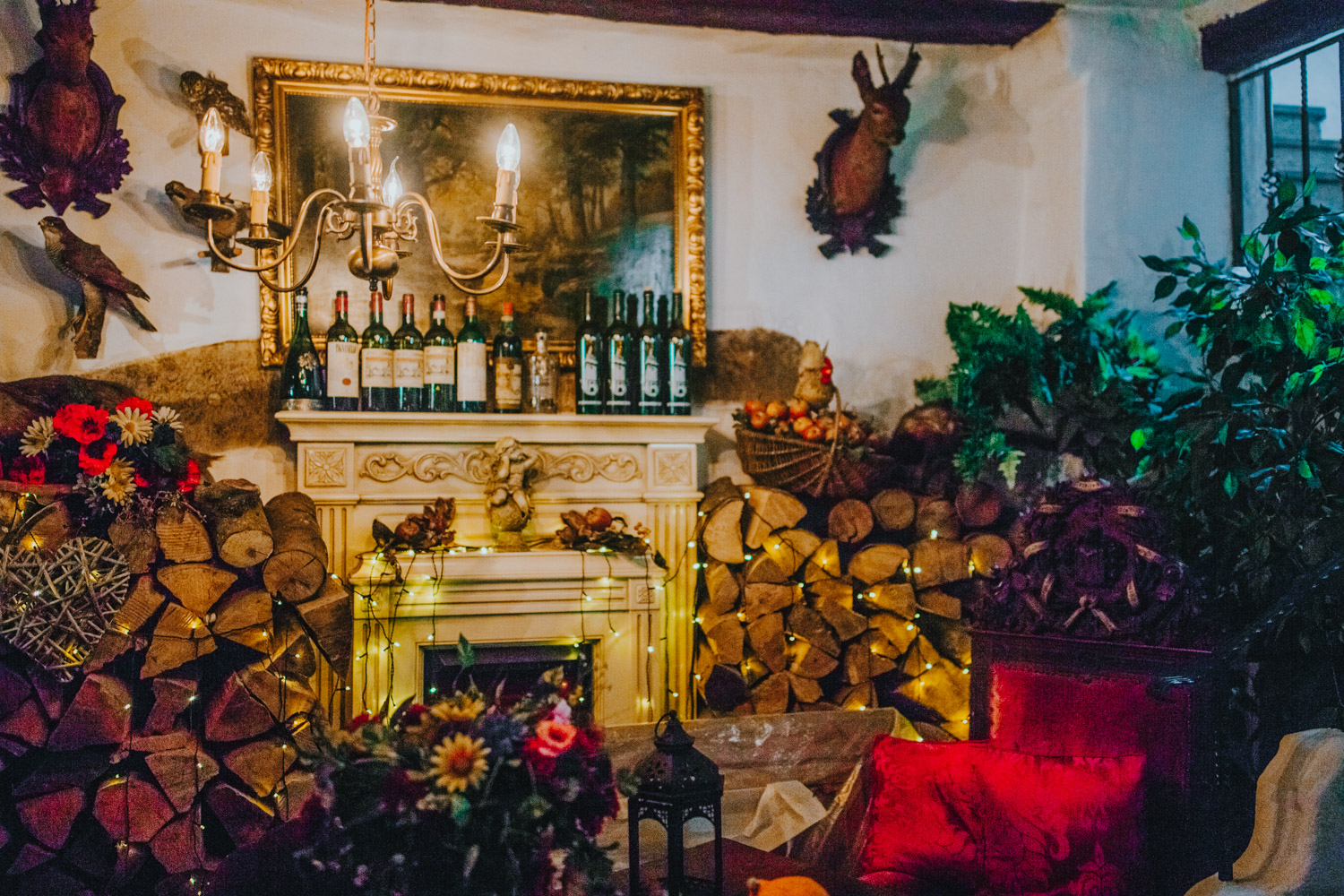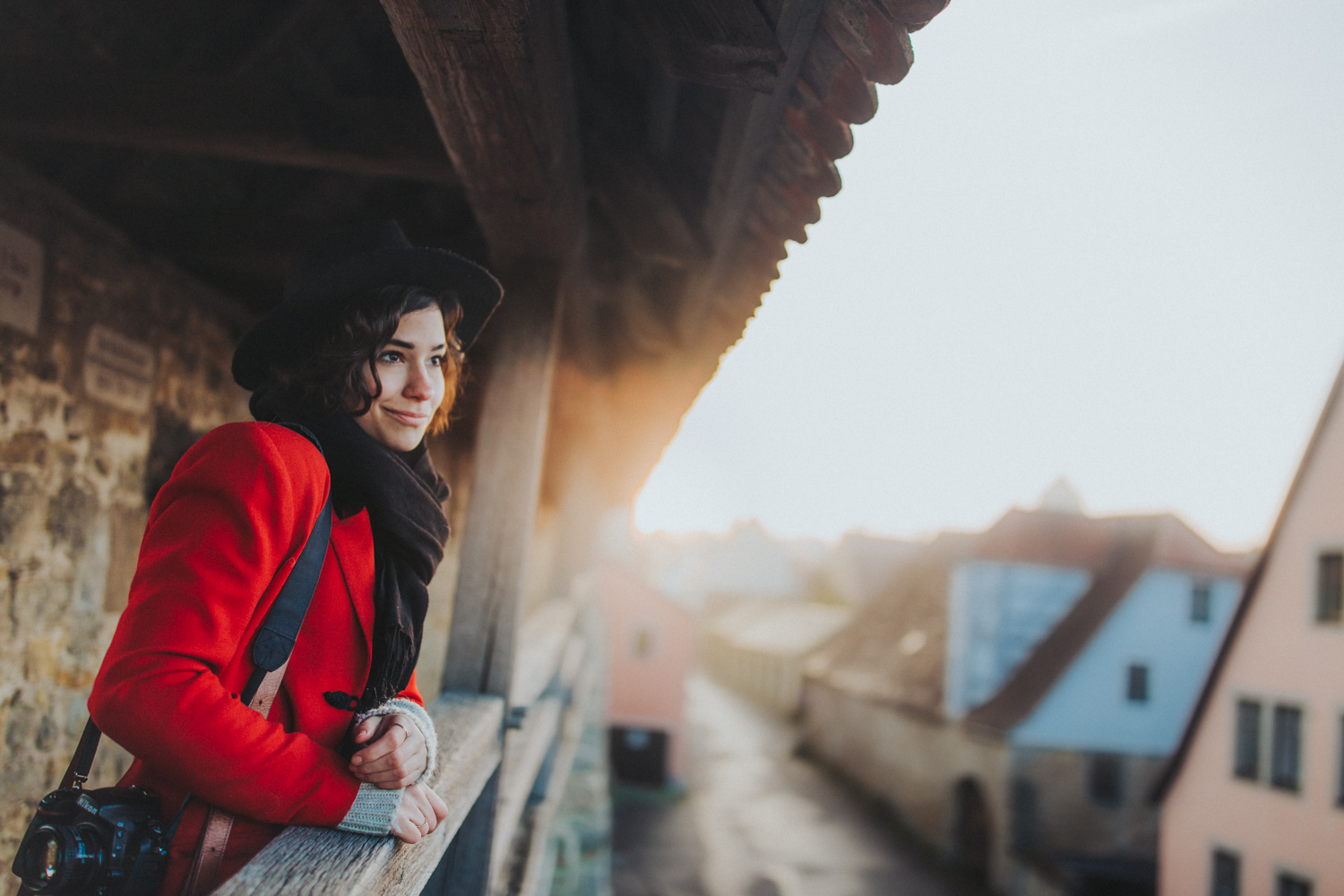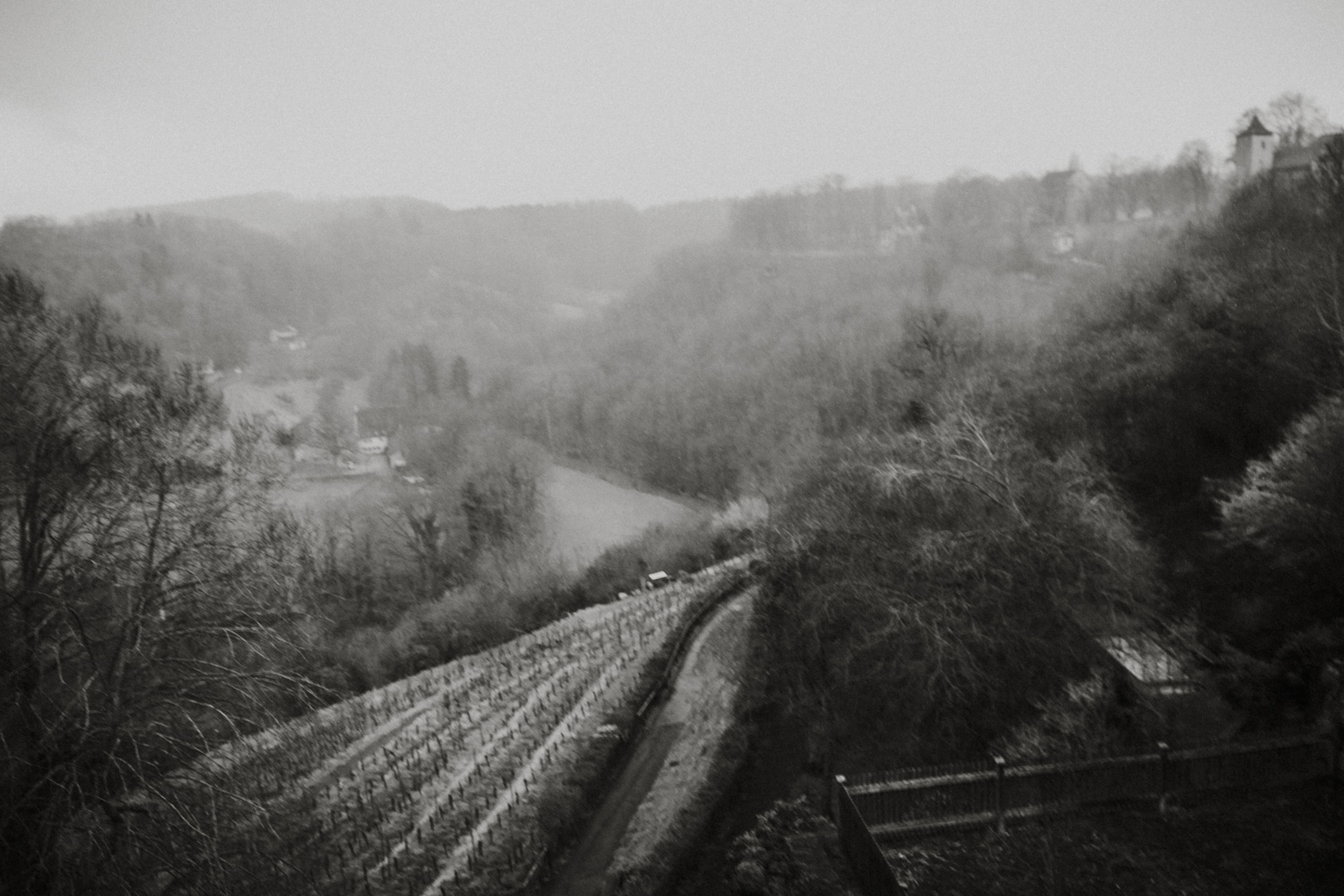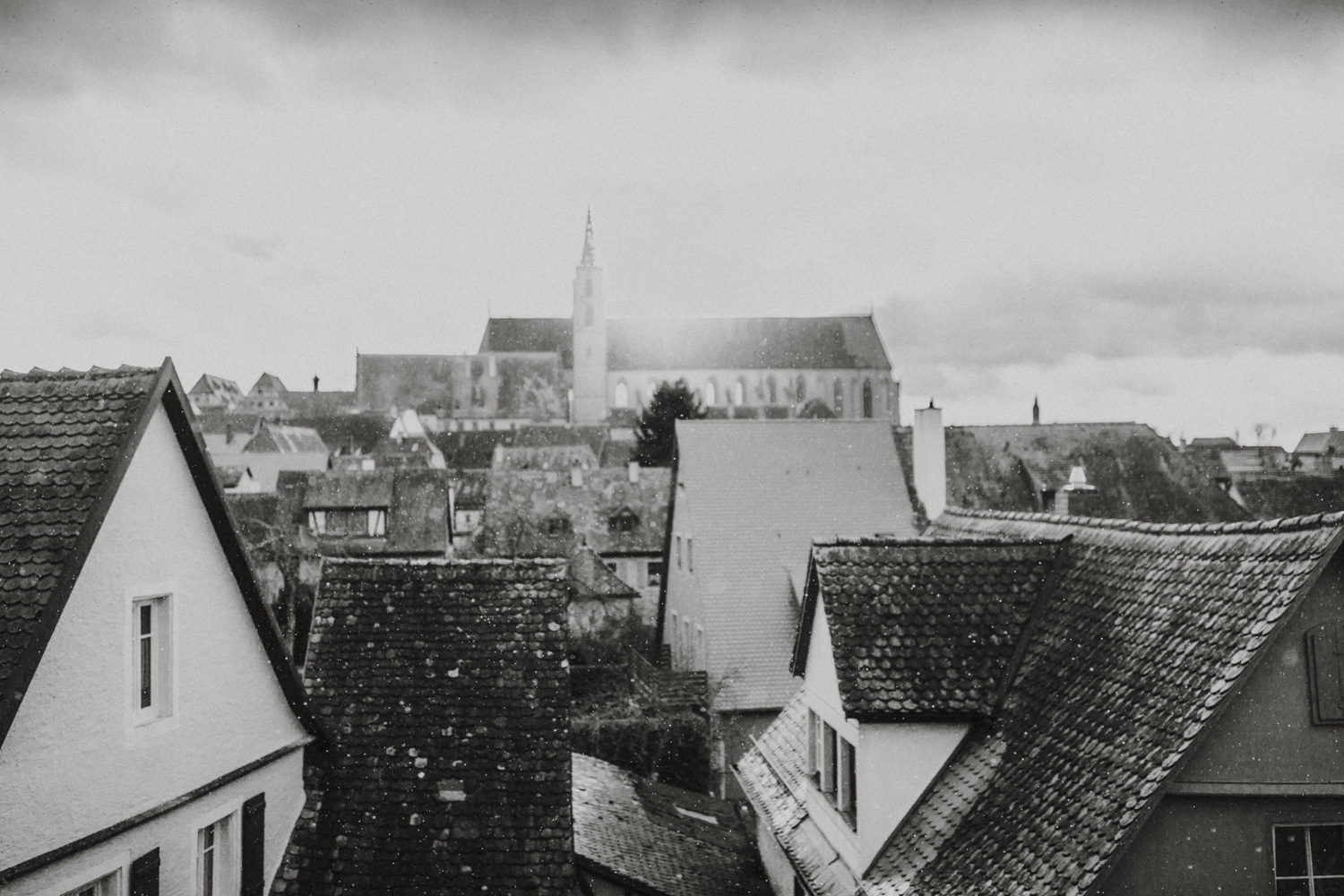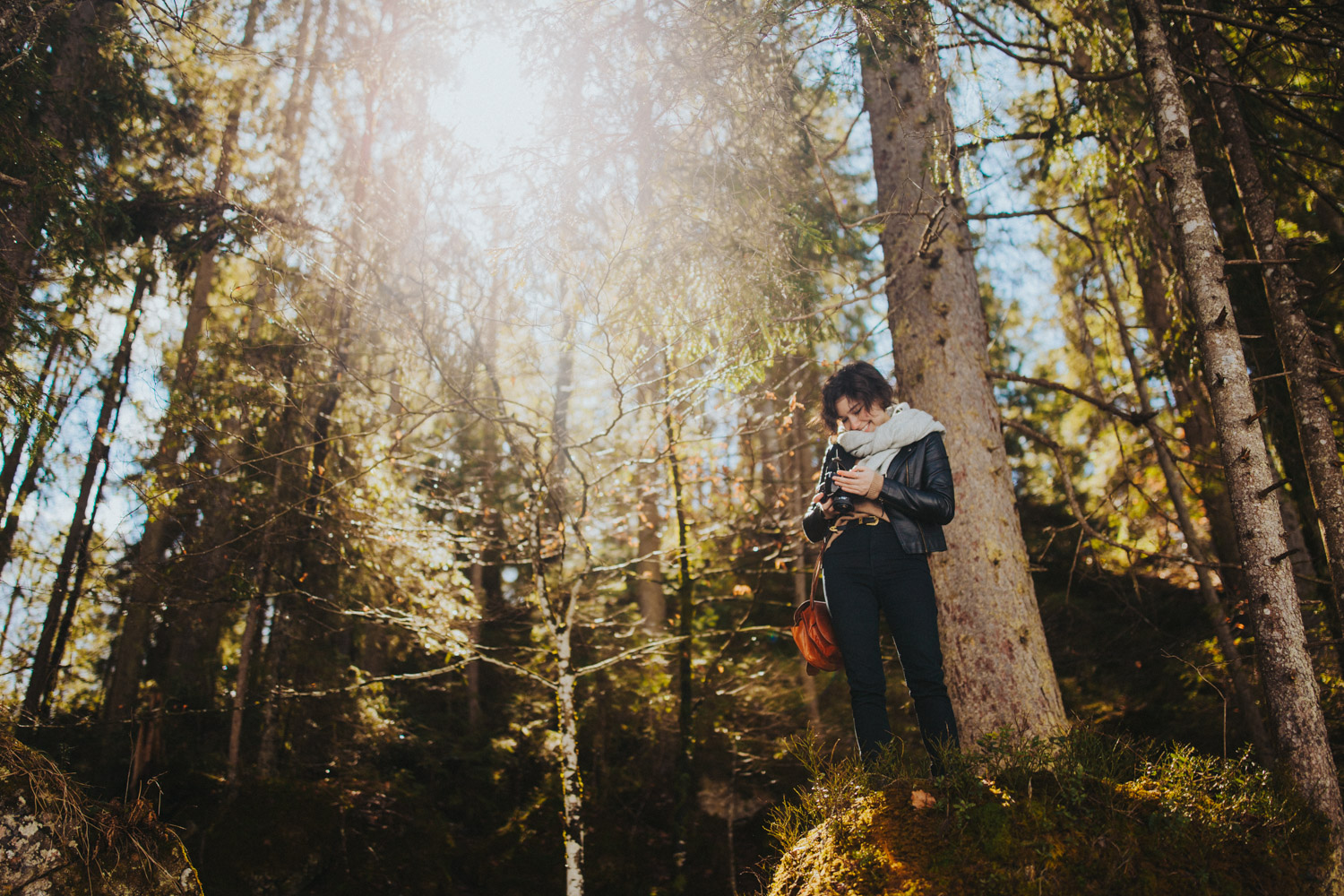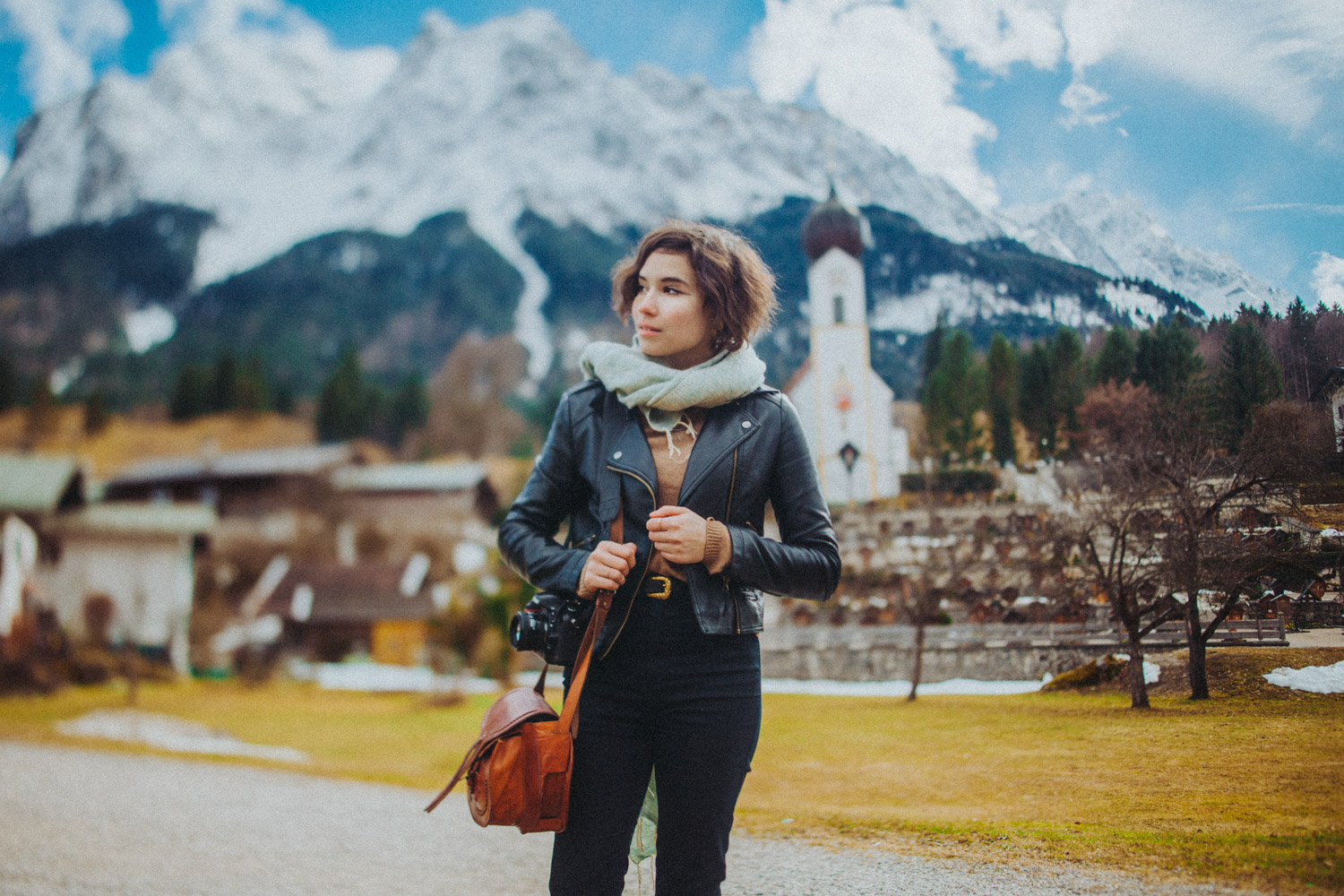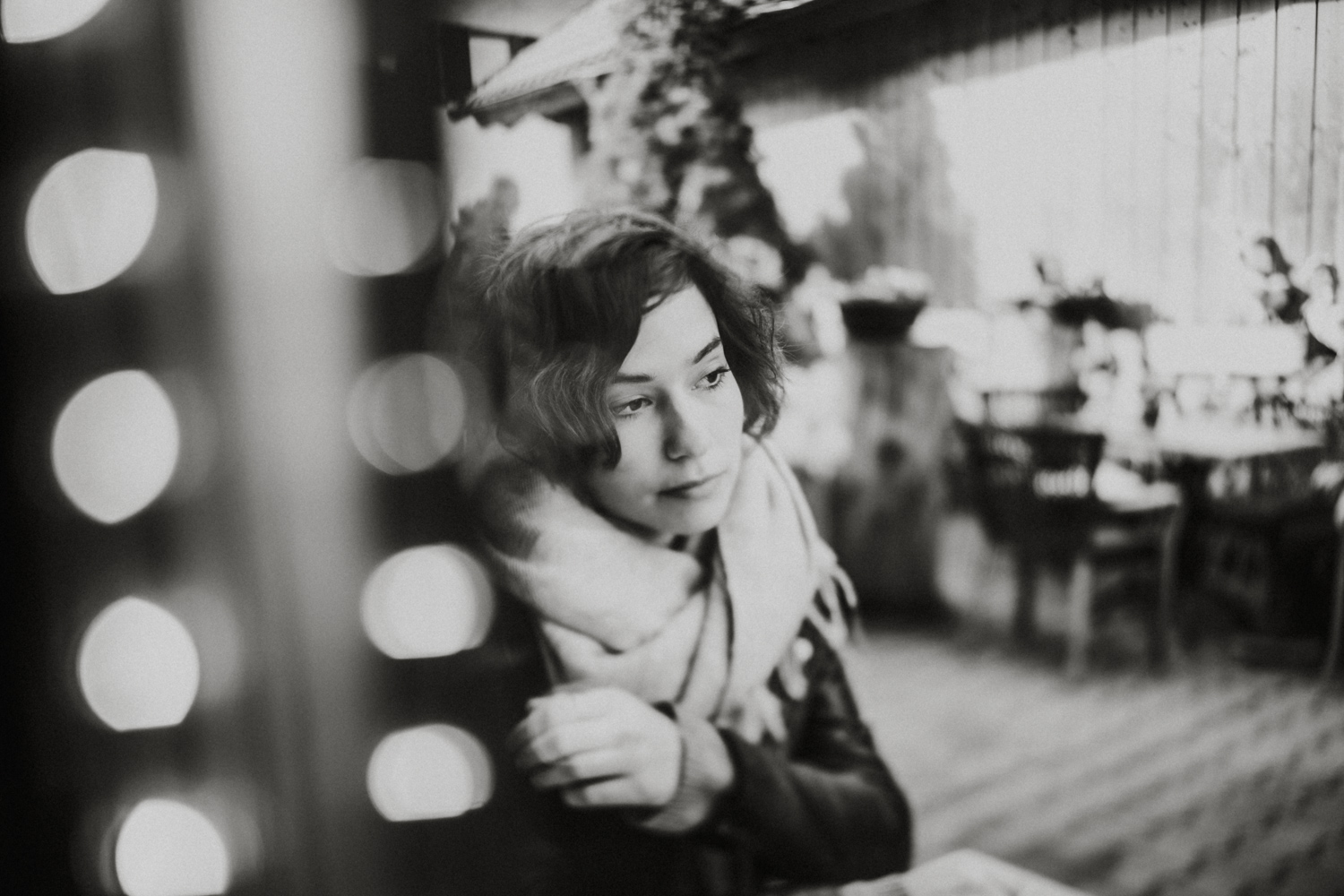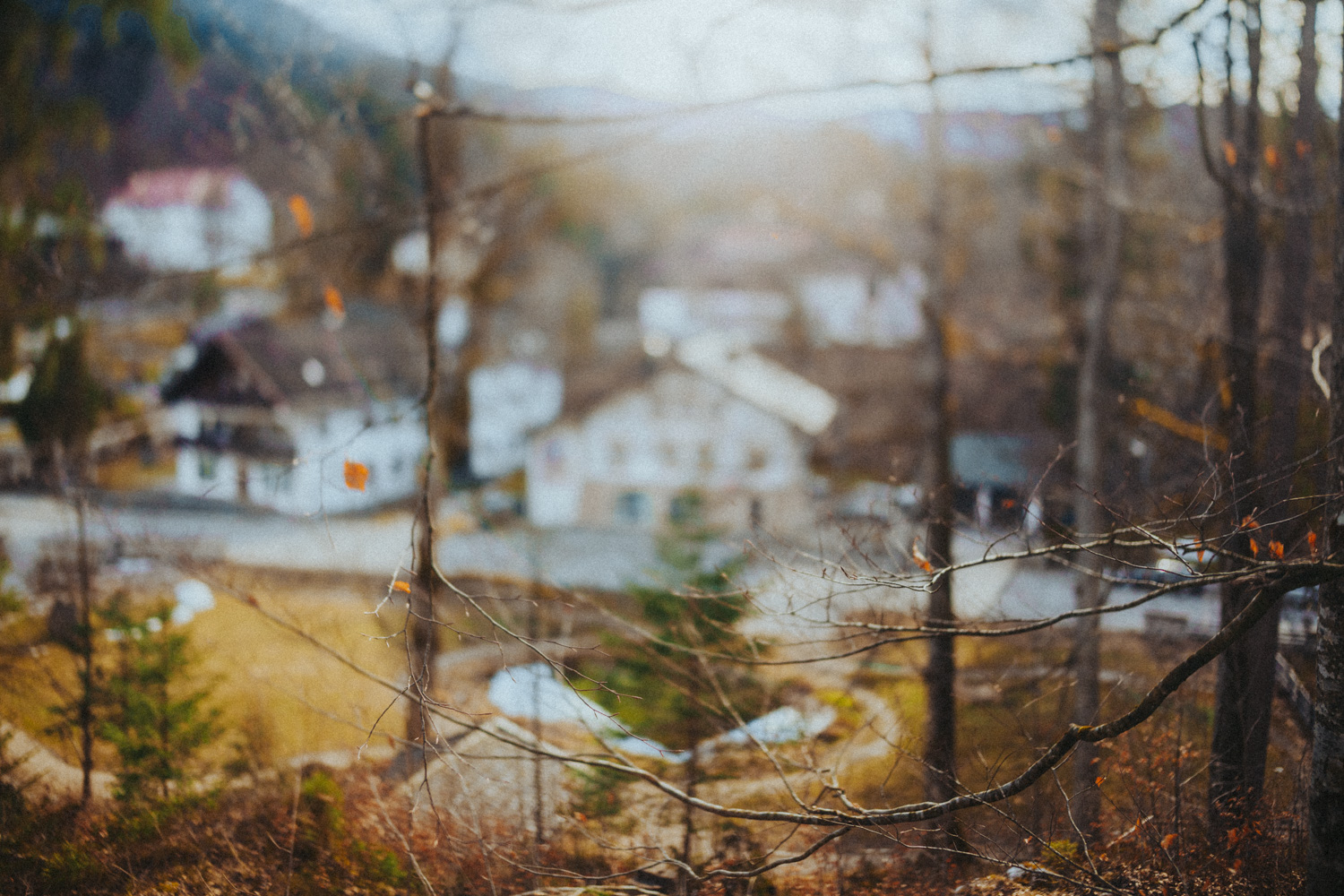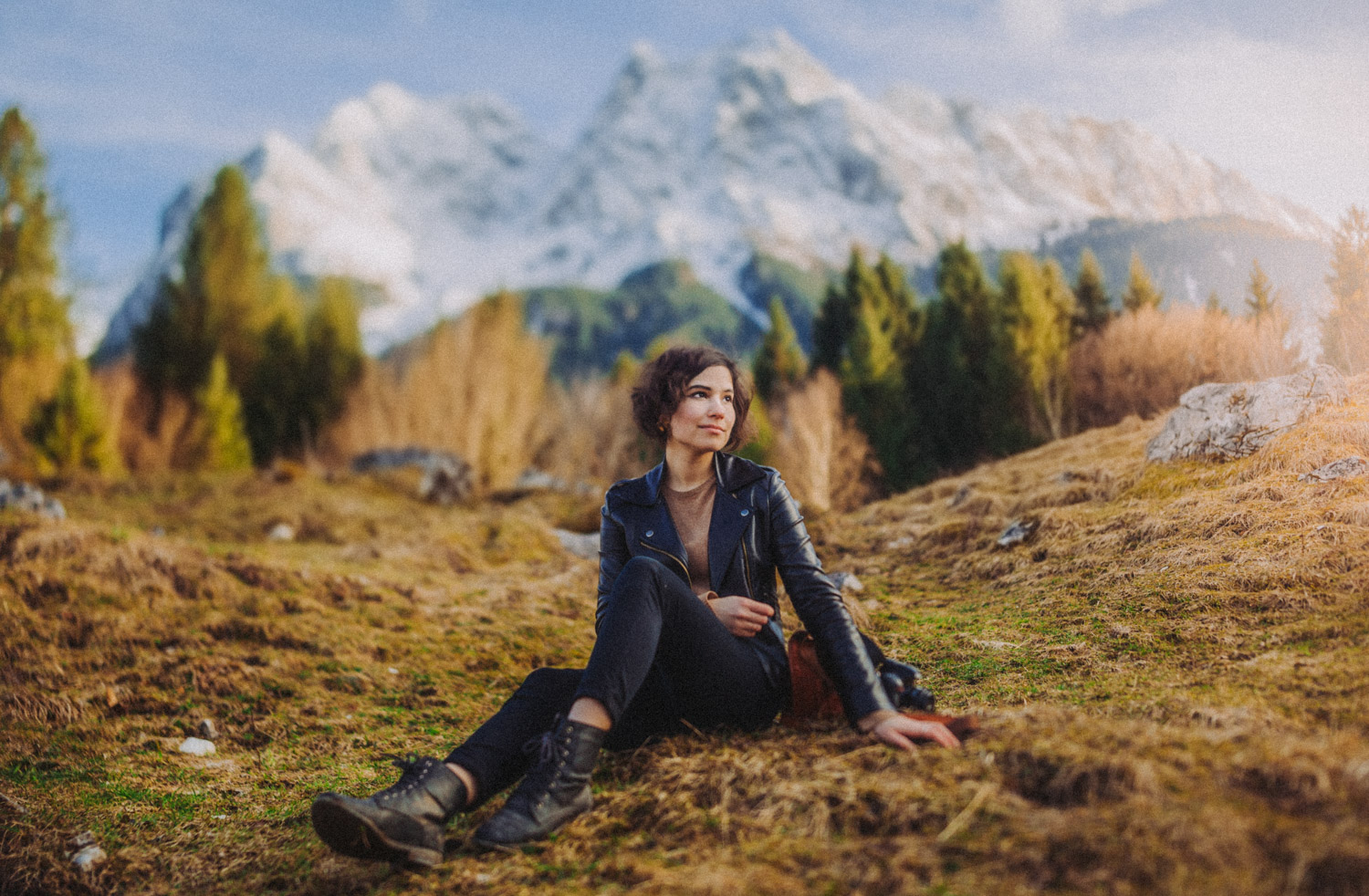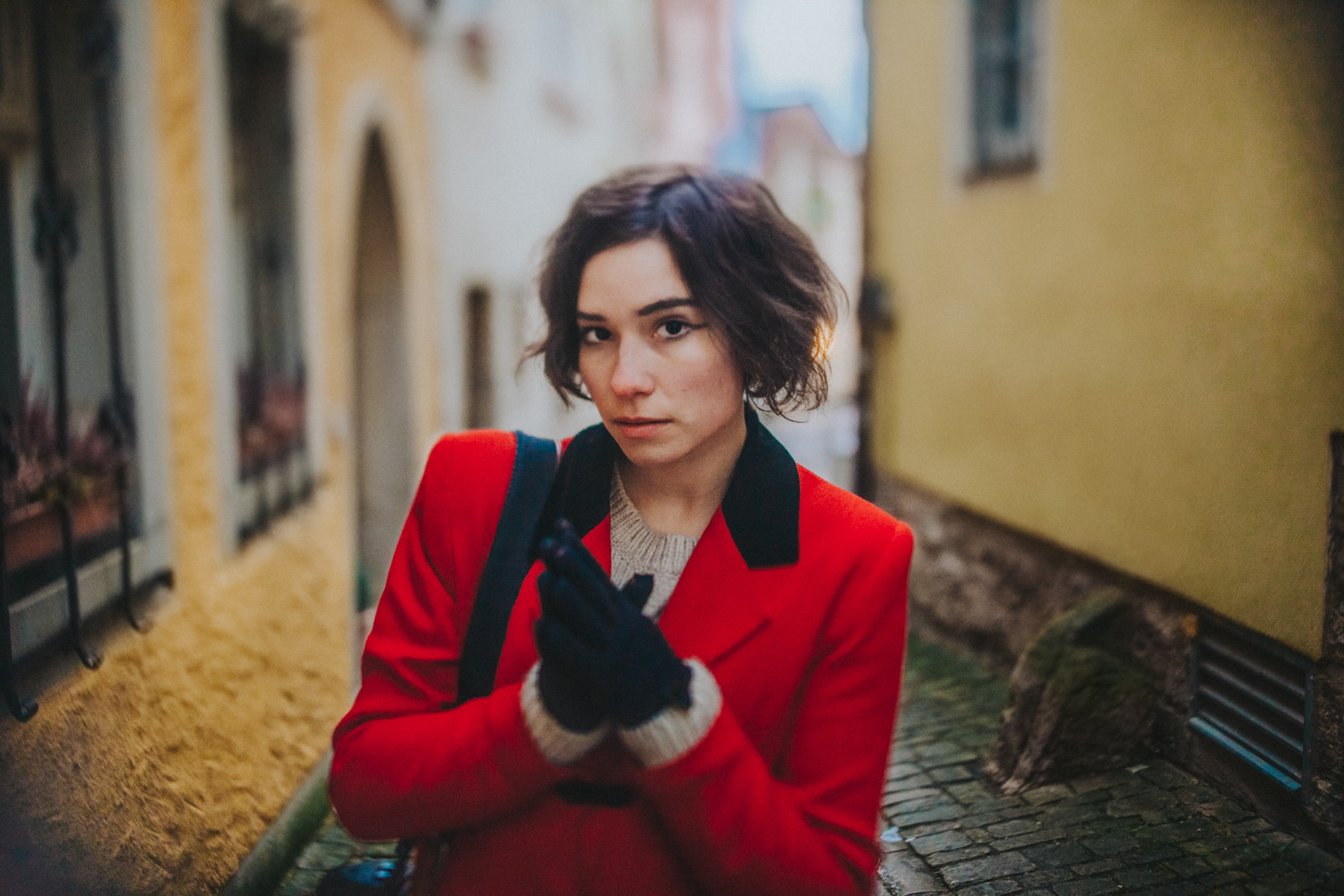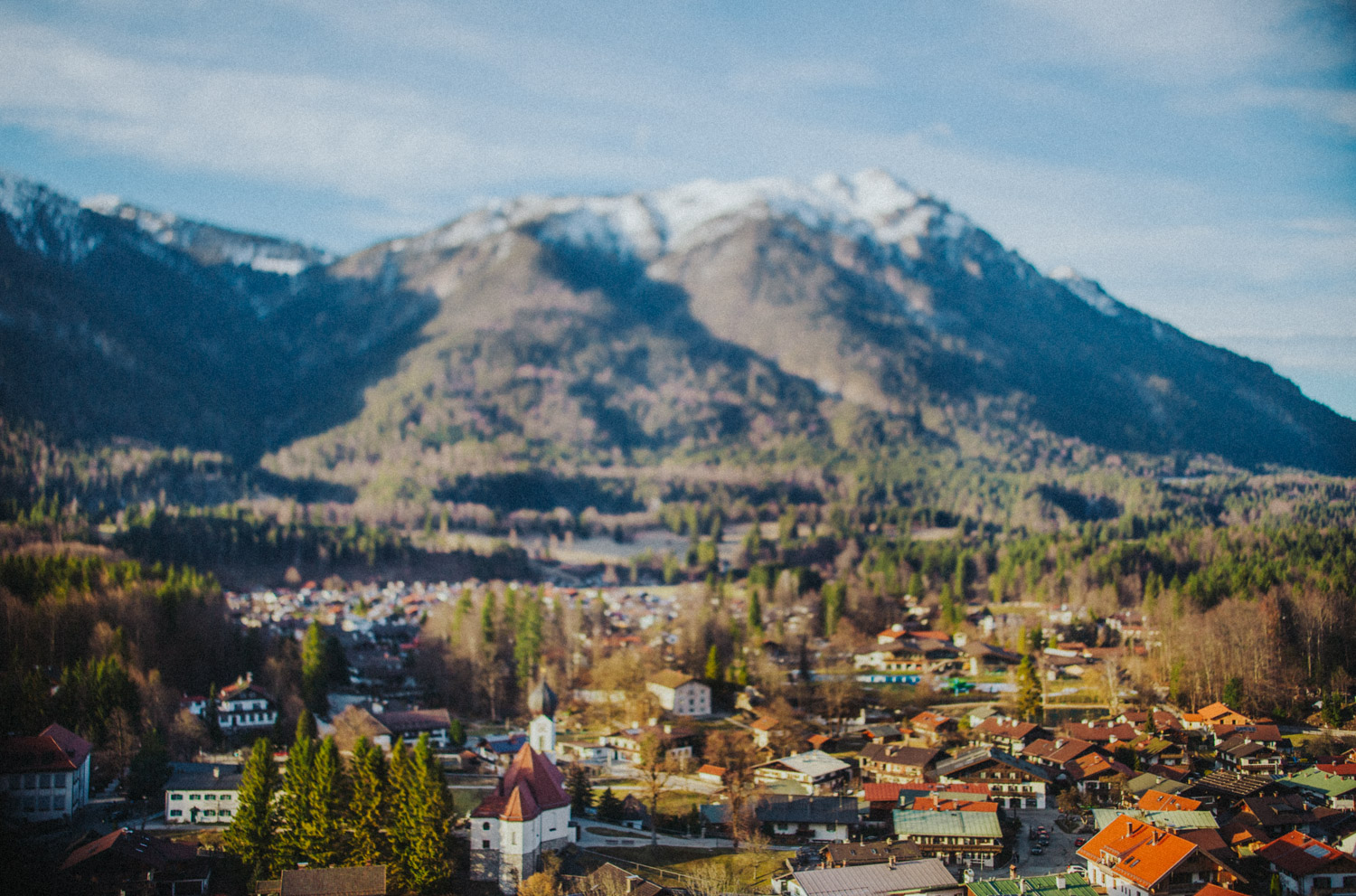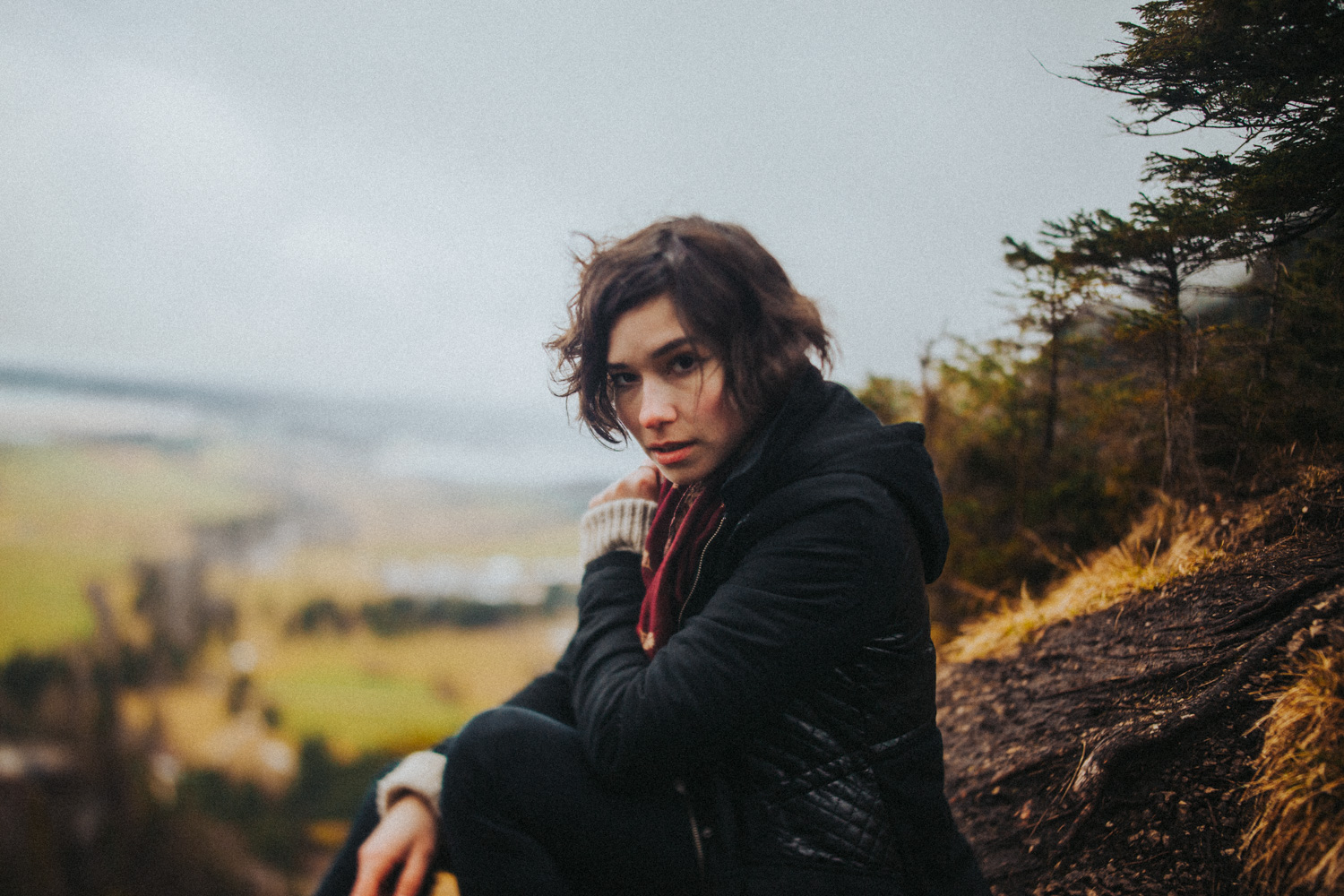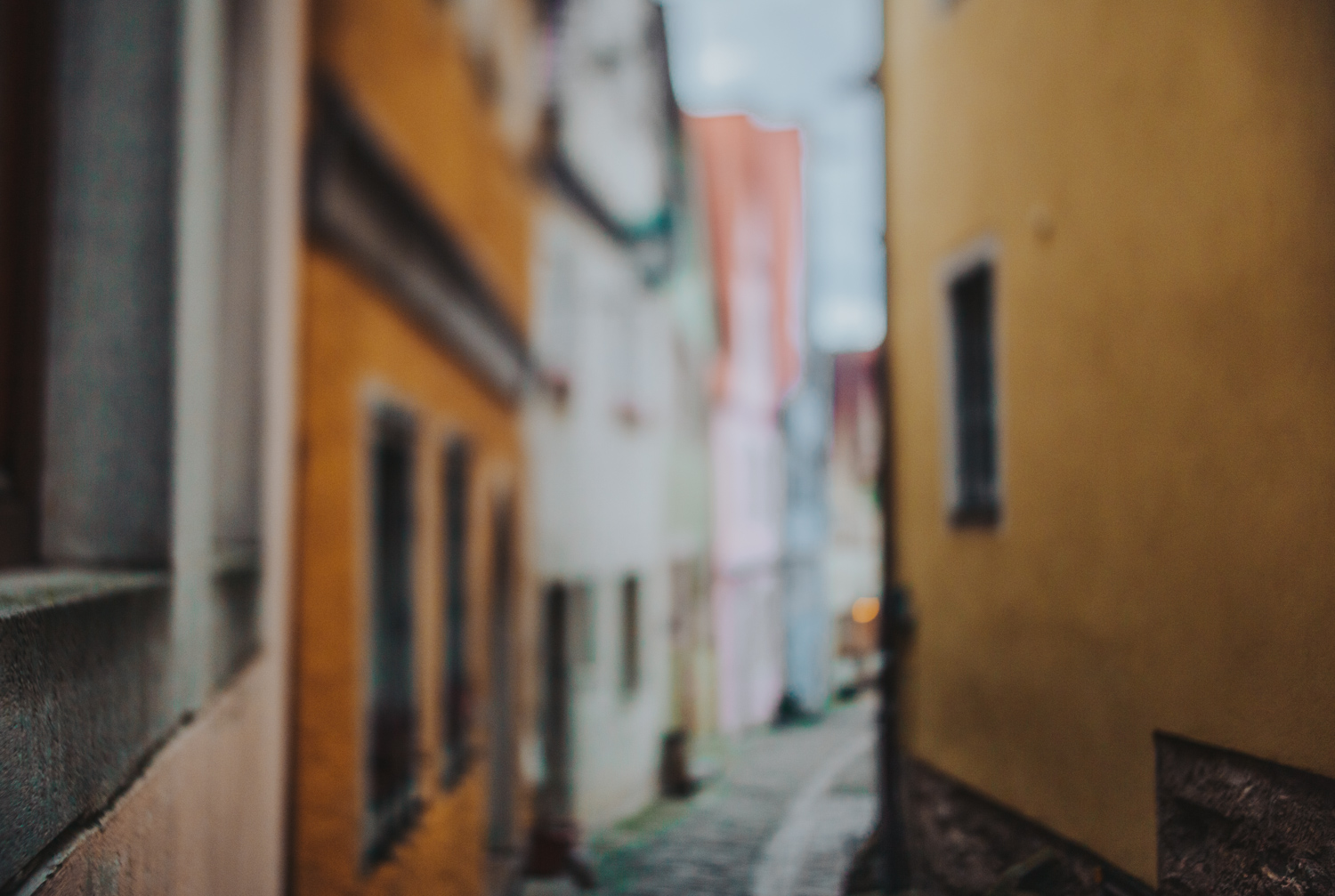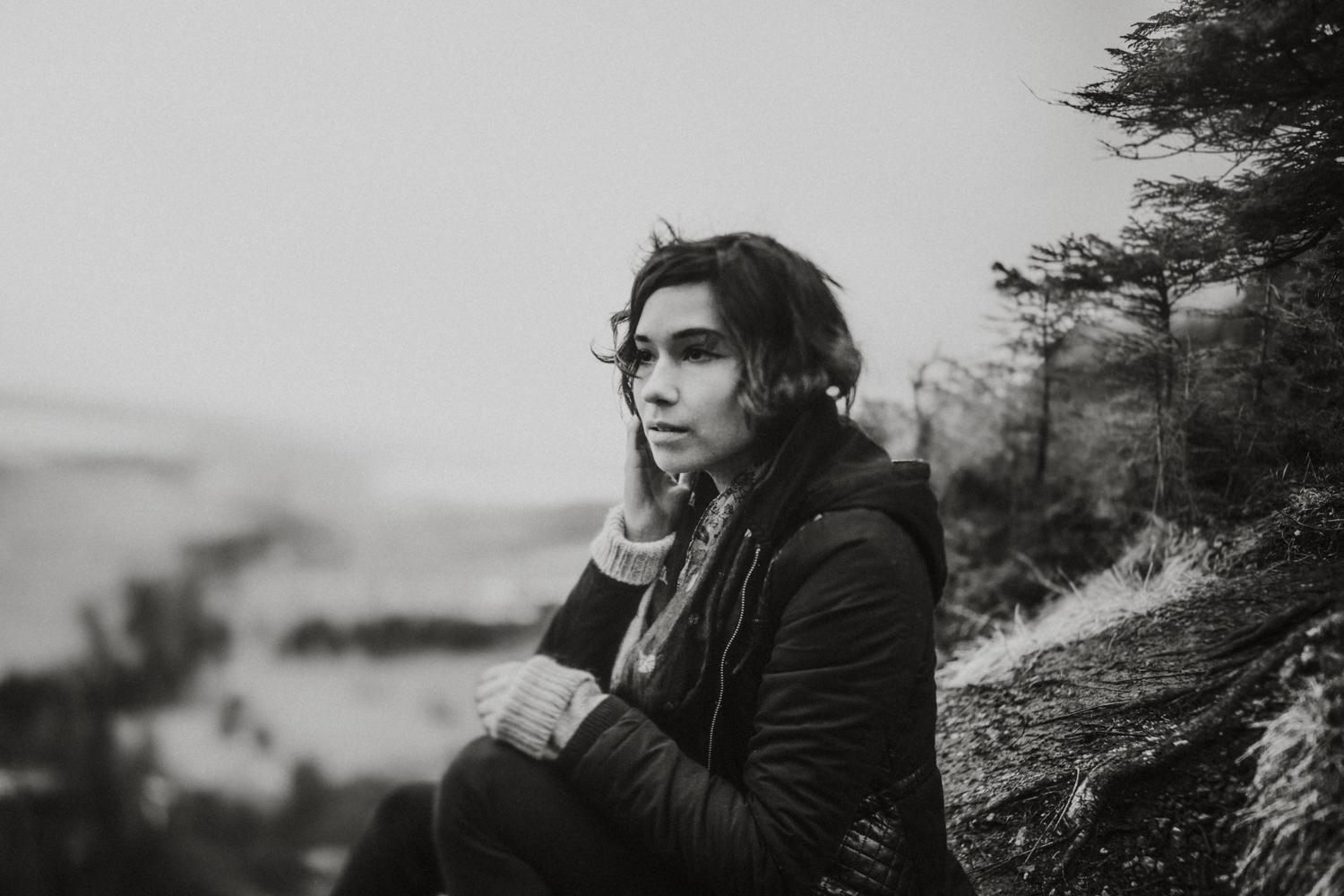A Week with Sophia in Bavaria // Southern Germany
I spent a week with my incredible friend and photographer, Sophia Mayrhofer. Sophia is a kindred spirit whose vibrant work continually inspires me, and her warm soul making you feel cozy and at home. It was a joy to spend a week exploring southern Germany with Sophia, and throughout our adventure, I was reminded of why I am so fortunate to have a friend such as her.
Bavaria is a federal state within southeastern Germany and includes major German cities of Munich and Nuremborg. Bavarians are known for their sociability and love for being hosts, which was evident during our travels. A cultural highlight of Bavaria, which takes place every year in Munich, is the Oktoberfest (October Festival or Festival of Beer), which attracts millions of visitors from all over the world every year. Some other interesting facts about Germany include after the United States, Bavaria is the most popular immigration destination in the world, college education is free (even for internationals), and prison escape is not punishable by law (German law maintains that it’s a basic human instinct to be free and therefore, prisoners have the right to escape jail).
Salzburg, Austria
"The mountains of the alps create a stark contrast with the surrounding rolling hills and, combined with the rich renaissance architecture, make Salzburg one of the most beautiful cities in the world."
To start off our travels, we spent our first day traveling to exploring Salzburg, Austria, the fourth-largest city in Austria and the capital of the Salzburg state. Salzburg is known for it's baroque and medieval architecture, which has been cleverly well preserved, and is a testament to the wealth of the former city-state. Salzburg used to be an independent country but was annexed (added territory to one's territory by appropriation, conquering, or occupying) to the Austrian Empire in 1815. The mountains of the alps create a stark contrast with the surrounding rolling hills and, combined with the rich renaissance architecture, have led to Salzburg becoming one of the most beautiful cities in the world. This impeccable combination of stunning landscape and architecture made it apparent for why the setting of The Sound of Music took place in Salzburg. Salzburg was also the birthplace of famous composer, Mozart (you're welcome, music friends).
Sophia and I spent our day traversing the baroque neighborhoods, the city-center markets, cemeteries, art museums, and the Hohensalzburg Castle.
Eibsee and Grainau
"Grainau is an alpine village straight from a children's picture book and is so nostalgically charming it's as if the town was stuck in time."
Sophia and I traveled to Eibsee, a lake located beneath the Zugspitze mountain (tallest mountain German mountain) in southwestern Bavaria. After our walk around the lake, we explored the quaint village town of Grainau. Grainau is surrounded by picturesque meadows with the backdrop of the looming Zugspitze mountain. Grainau only has a few thousand inhabitants and the village is so nostalgically charming it's as if the village was stuck in time. Sophia and I explored the acquainted town, including climbing up to the St. Johannes der Täufer church and hiking to the top of a hill overlooking Grainau at sunset.
During this part of our adventure, Sophia taught me how to free-lense. For more information concerning what free-lensing is and how to free-lense, see the referring section at the end of this story.
Neuschwanstein Castle
For a day, Sophia and I traveled to the Neuschwanstein castle. Neuschwanstein is a 19th-century Romanesque Revival palace on a rugged hill above the village of Hohenschwangau near Füssen. The palace was commissioned by Ludwig II of Bavaria, and the shy king had built the castle in order to withdraw from public life. Now, Neuschwanstein is one of the most popular castles in Europe with 1.4 million people coming to visit "the castle of the fairy-tale king". Neuschwanstein is a global symbol of the era of Romanticism and its idyllic construction served as inspiration for Disneyland's Sleeping Beauty castle.
Rothenburg
In the deserted moonlit streets, the sounds of the Thirty Years' War still echo through turrets and clock towers, and by climbing and walking around the city walls, you understand why Rothenburg is known as Germany's "Fairy-Tale Dream Town."
The final section of Sophia and I's adventure was in the quirky and colorful town of Rothenburg. Rothenburg is known for its well preserved old medieval town and is a part of the Romantic Road that runs through southern Germany. Elevated to a free imperial city in 1274, Rothenburg became one of the most important city-states of the Middle Ages. In 1631, during the Thirty Years War, Rothenburg was taken by imperial troops. Ex-Mayor Nusch saved the town by drinking nearly 13 cups of wine in a single gulp, the so-called "Master draught". In the Romantic era, the town was discovered by painters and poets and became a symbol of the Middle Ages in Germany. Rothenburg was the inspiration for the village in Walt Disney's 1940 film, Pinocchio, most due to its higgledy-piggledy houses. The town's wall runs 1.5 miles around the town, offering an incredible birds-eye view of the city and its web of cobblestone streets.
When Sophia and I first arrived, Rothenburg felt a little like a medieval theme park with the massive crowds of tourists (6,000 visitors per day) overcrowding the streets, but all was forgiven in the evenings when the yellow lamplight casted its spell long after the last tour buses had left. In the deserted moonlit streets, the sounds of the Thirty Years' War still echo through turrets and clock towers, and by climbing and walking around the city walls, you understand why Rothenburg is known as Germany's "Fairy-Tale Dream Town."
Food and Drinks to Try in Germany
Radler - beer mixed with lemon-lime soda
Weißbier - a cloudy wheat beer served in tall glasses
Aperol Spritz - a delicious red champagne & aperol drink
Rahmgeschnetzeltes - a cut-up Schnitzel-type of meat covered in mushroom sauce
Spinatknödel - traditional spinach dumplings in brown butter sauce
Nürnberger - famous Bavarian sausage
Hirtennudeln - a noodle dish with mushrooms, tomatoes, and onions
Schweinelendchen mit Pilzrahmsoße - a meat and mushroom sauce on top egg noodles and Sauerkraut
Döner Kebab - Turkish wrap/sandwich, which is a type of German fast food Apfelstrudel - apple dessert with vanilla sauce
A Novice's Advice on Freelensing
One of my favorite parts of my trip in Germany is when Sophia taught me how to freelens while walking around Eibsee. For those (like me) that never really knew what freelensing was, freelensing consists of achieving an intense, dream-like blur, like the tilt-shift effect, with your camera. This look is possible by detaching your lens and slightly tilting your lens just enough to still have one plane of focus on your subject. If you enjoy soft, painterly images or enjoy trying new methods, this technique is for you! Freelensing feels like I am taking my images with a film camera, but with added dimension and mystique.
Steps to Freelensing
Set your ISO and shutter speed before detaching your lens from your camera. Also, set your f-stop to the lowest stop possible (I recommend 1.4 or 1.8)
Set your lens to manual focus and set your focus ring to infinity
Turn off your camera. Remove your lens from your camera. I place one hand on the body and the other hand holding onto my lens.
Turn the camera back on. Rotate the lens left to right and up and down directly in front of the camera sensor, as close to being connected to the body as can be. Move your lens in and out and all around and explore
Turning the lens to the right allows for the right half of the image to be in focus and vice versa for the left. Try moving it tilted up, down, and different angles and watch where the focus lands
Practice, practice, practice
Tips for Freelensing
I find using a 50mm the easiet focal length to freelens with. With enough patience, you will be able to control the depth of field of other focal lengths (e.g., 35mm or 85mm)
Hold the lens too far away from the body and you will expose a lot of light to the sensor. This creates a soft glowing haze and is fun to play with. Open it too much and you will blow out the frame
If your camera has live view, this is extremely helpful for focusing since it will show you exactly what the focus plane of the final image looks like, while most optical viewfinders do not
While dust may or may not be a worry, light definitely will leak in, which can add flare and reduce contrast. If you don't want that, bend the lens toward the main light source, so the opening to the sensor is facing away from it
Please comment if you have any questions or comments! I'd love to talk and share more! I have included a gallery of images taken in Germany utilizing the freelensing technique.
